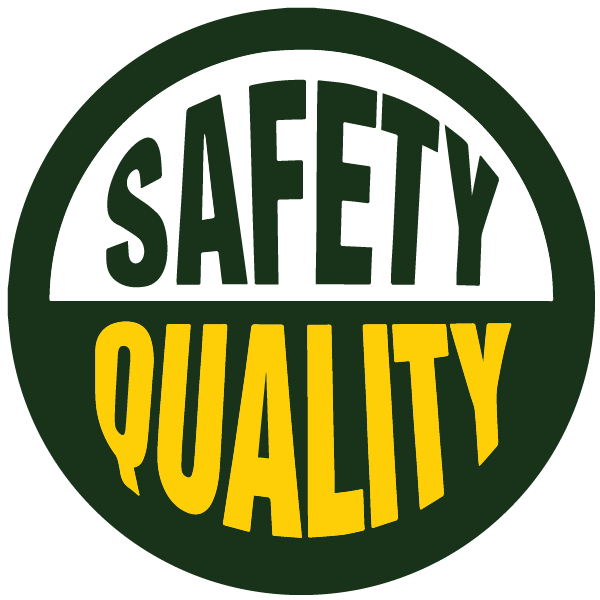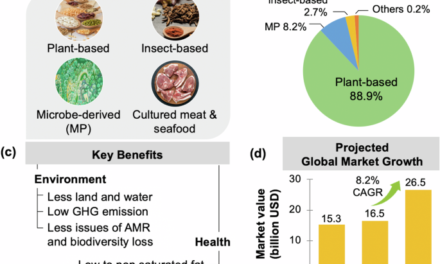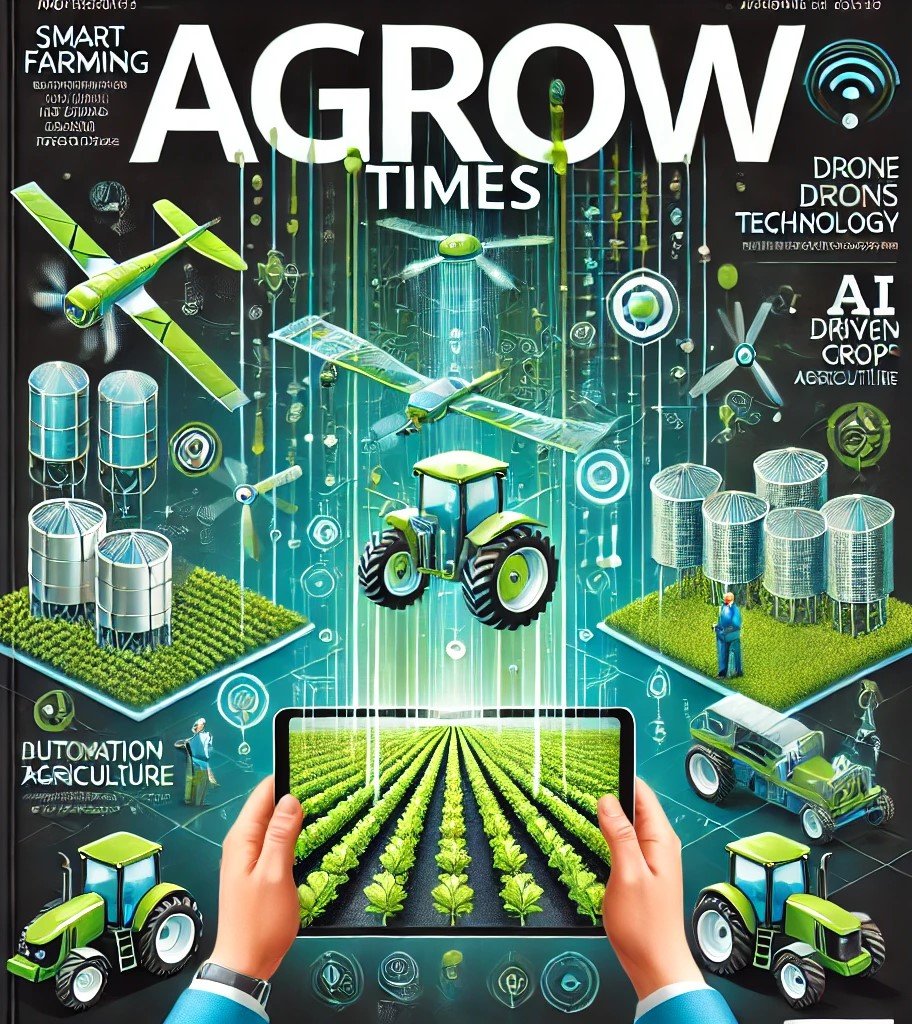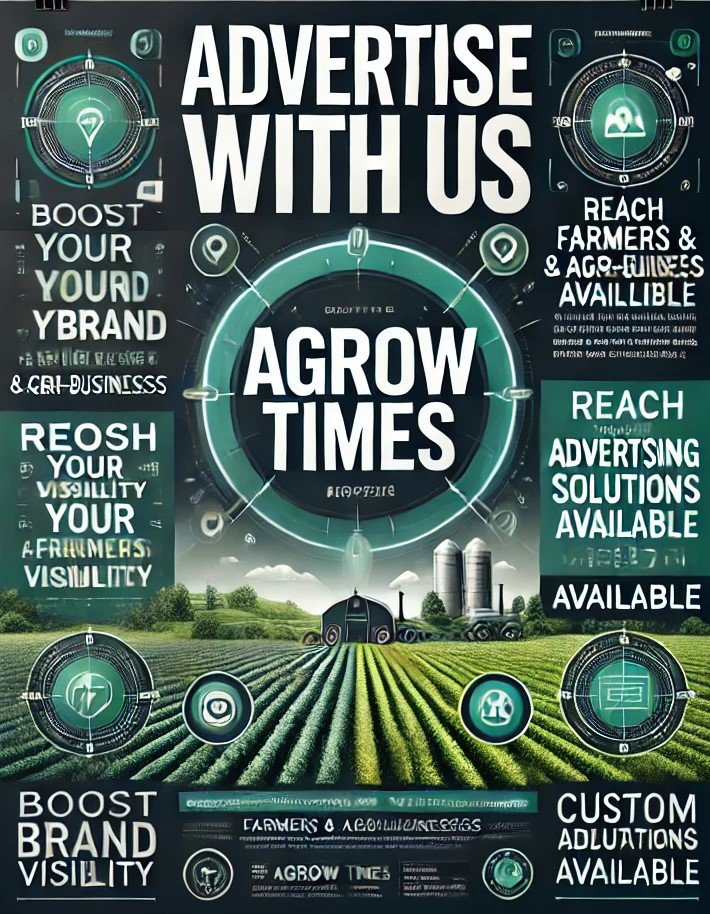Grain milling companies ensure product safety and quality through a combination of strict regulatory compliance, advanced technology, and robust quality control practices. Here are the key measures they take:
1. Raw Material Sourcing and Inspection
- Quality Control of Grains: Before milling, raw grains are thoroughly inspected for contaminants like mold, pesticides, and foreign materials.
- Examples: Sampling and testing grains for moisture content, mycotoxins (e.g., aflatoxins), and insect infestations.
- Supplier Audits: Milling companies often conduct regular audits of their grain suppliers to ensure they meet quality and safety standards.
- Examples: Auditing farms and storage facilities to ensure that grains are stored in proper conditions.
2. Cleaning and Sorting
- Physical Cleaning: Grains are cleaned to remove foreign materials such as stones, dirt, and damaged kernels.
- Examples: Using screens, air blowers, and magnetic separators to remove impurities.
- Sorting: Advanced sorting machines are used to separate damaged or discolored grains that may affect quality or safety.
- Examples: Optical sorters to remove grains with defects, ensuring uniformity in the final product.
3. Milling Process Control
- Precision Milling: Automated machinery is used to control the milling process, ensuring consistency in texture and particle size.
- Examples: Using roller mills, stone mills, and sifters to achieve consistent flour particle size, which affects both texture and quality.
- Temperature Control: Maintaining optimal milling temperatures prevents overheating, which could degrade nutritional value and flavor.
- Examples: Cooling systems integrated into the milling equipment to prevent excessive heat during grinding.
4. Quality Testing and Sampling
- Regular Quality Checks: Milling companies implement routine testing for key quality attributes such as moisture content, protein, and starch levels.
- Examples: Daily tests of flour for protein content or granulation to ensure it meets product specifications.
- Microbiological Testing: Regular testing for pathogens and spoilage organisms like E. coli, Salmonella, or mold to ensure product safety.
- Examples: Periodic microbial sampling and testing of flour or other milled products for contamination.
- Sensory Evaluation: Trained panels evaluate the flavor, texture, and appearance of the final product to ensure it meets the desired standards.
- Examples: Sensory testing of flour or cereal products for consistency in color, taste, and smell.
5. Hazard Analysis and Critical Control Points (HACCP)
- Implementing HACCP: Grain milling companies adopt HACCP systems to identify potential hazards at critical stages of production and establish control measures to mitigate risks.
- Examples: Monitoring moisture levels, cleaning protocols, and equipment maintenance to prevent contamination.
- Food Safety Monitoring: Continuous monitoring of critical control points such as temperature, time, and humidity during milling.
- Examples: Automated alarms for deviations in critical parameters like temperature or humidity during the milling process.
6. Traceability Systems
- Tracking Grain Sources: Implementing traceability systems to monitor the origin of raw grains and track the milling process from start to finish.
- Examples: Using barcodes or RFID technology to track grains through each stage of production, ensuring transparency.
- Batch Identification: Labeling batches of finished products with detailed production data, allowing for easy identification in case of recalls.
- Examples: Providing batch numbers on packaging that can be linked to specific grain sources and production dates.
7. Packaging and Storage
- Safe Packaging Materials: Using food-grade packaging materials to protect the product from contamination and preserve its quality.
- Examples: Vacuum-sealed or moisture-proof packaging for flours and cereals.
- Proper Storage Conditions: Ensuring that milled products are stored under optimal conditions to prevent spoilage, contamination, or pest infestations.
- Examples: Storing products in climate-controlled warehouses with temperature and humidity monitoring.
8. Regulatory Compliance and Certifications
- Adhering to Standards: Grain milling companies must comply with local and international food safety regulations, such as the FDA (Food and Drug Administration) or EFSA (European Food Safety Agency) guidelines.
- Examples: Meeting regulations for food additives, labeling, and allergen management.
- Certifications: Obtaining certifications like ISO 9001 (Quality Management), ISO 22000 (Food Safety), or GFSI (Global Food Safety Initiative) to demonstrate commitment to product quality and safety.
- Examples: Obtaining organic or non-GMO certifications for certain products.
9. Continuous Training and Employee Education
- Training Programs: Employees receive regular training on food safety standards, quality control procedures, and hygiene practices.
- Examples: Training workers on proper handling of ingredients, maintenance of equipment, and preventing cross-contamination.
- Employee Audits and Inspections: Internal audits ensure that employees follow food safety protocols and maintain equipment properly.
- Examples: Routine checks for employee adherence to safety practices, including wearing protective gear and maintaining cleanliness.









